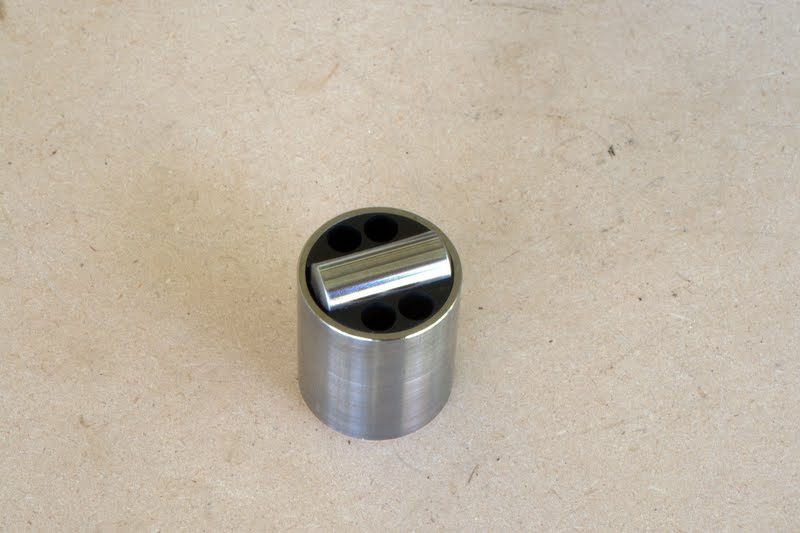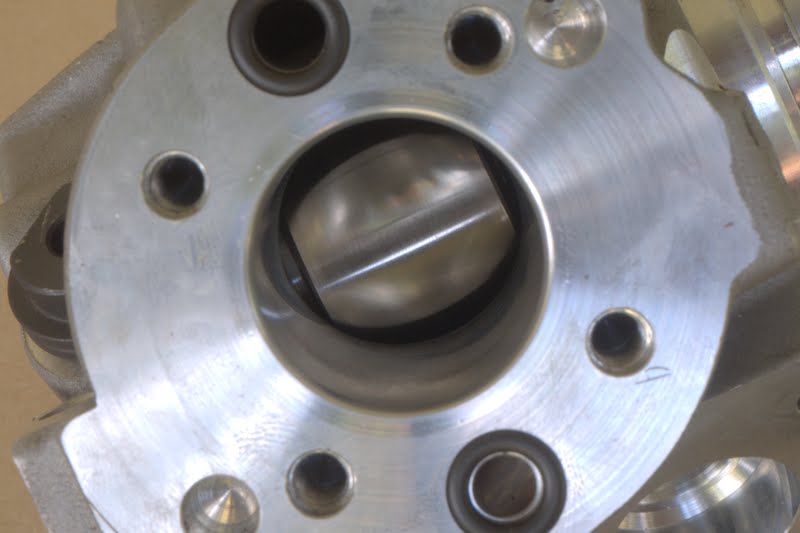there is nothing really designed into the pump to prevent twisting of the roller assembly. it is somewhat self aligning but if it gets too far off it will seem to want to twist out perpendicular to the lobe and ride 90 degrees out of whack

. the spring pushing it down does prevent it a little bit but only as much as there is friction between it and the roller assembly.
frankly it is a bit scary.
there is more discussions about this on the sticky's about HPFP failures.
personally i think Bosch should have made the roller assembly oval but that may be to costly/technical challenge










